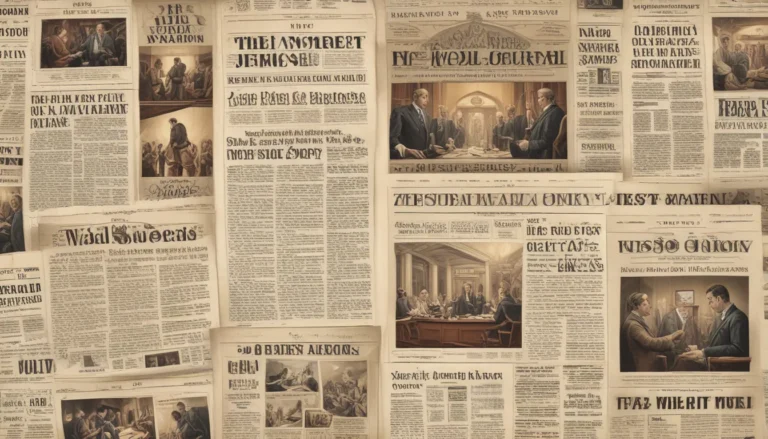A Note About Images: The images used in our articles are for illustration purposes only and may not exactly match the content. They are meant to engage readers, but the text should be relied upon for accurate information.
Welcome to the exciting world of futures trading! If you’re new to this dynamic realm of financial markets, you’re in for a thrilling ride. Futures trading offers investors a unique opportunity to diversify their portfolios, hedge against market volatility, and speculate on the direction of asset prices. But before you dive in headfirst, it’s essential to understand the basics of futures trading and how to navigate its complexities effectively.
Understanding Futures Trading
Futures trading involves buying or selling a contract that obligates the parties involved to buy or sell an asset at a predetermined price and date in the future. These contracts can encompass a wide range of assets, including commodities, currencies, stocks, and indexes. Unlike traditional stock trading where investors take ownership of the underlying asset, futures trading is purely based on speculating on future prices.
10 Key Facts About Futures Trading
1. Futures Contracts are Standardized Agreements
One of the most significant advantages of futures trading is the leverage it offers. This means that investors can control a large amount of the underlying asset with a relatively small amount of capital. Platforms like Plus500 US Futures Trading allow investors to participate in the futures markets by depositing only a fraction of the contract’s total value.
2. Leverage is a Double-Edged Sword
Leverage in futures trading can amplify both gains and losses. While it presents an opportunity for substantial profits, it also increases the risk of experiencing significant losses. Traders must manage their positions and risk exposure carefully to harness the power of leverage effectively.
3. Margins are Critical
When opening a futures position, traders are required to deposit a margin, acting as a performance bond or good faith deposit. Margin requirements can fluctuate based on market volatility and the specific contract being traded. Managing margins is crucial to ensure commitment to the trade and mitigate risks effectively.
4. Futures Markets are Highly Liquid
Many futures markets offer high liquidity, particularly those dealing with major commodities like gold, oil, and stock indexes. This liquidity allows traders to easily enter and exit positions without significantly impacting market prices. It provides flexibility and effective risk management capabilities in trading activities.
5. Settlement Can Be in Cash or Physical Delivery
Depending on the specific futures contract, settlements at expiration can be in cash or through physical delivery of the underlying commodity. Cash settlement involves the transfer of cash based on the contract’s value at expiration, while physical delivery requires the actual delivery of the underlying asset. This flexibility in settlement methods accommodates traders’ preferences and logistical capabilities.
6. Risk Management is Essential
Given the leverage and volatility in futures trading, effective risk management strategies are vital. Using tools like stop-loss orders can limit potential losses by triggering a sale at a predetermined price level. Embracing risk-mitigating techniques empowers traders to navigate market uncertainties with confidence and security.
7. You Can Go Long or Short
Futures contracts allow traders to speculate on asset price movements, enabling them to profit from both upward and downward market trends. This flexibility not only facilitates hedging against risks but also opens opportunities to capture gains in various market conditions. Investors can position themselves strategically to enhance their investment strategies for long-term success.
8. Rolling Contracts is a Common Practice
In trading, rolling contracts is a common strategy that allows traders to maintain market positions without physically possessing commodities. By finalizing existing contracts and initiating new ones, traders can extend their presence in the market effectively.
9. Mark-to-Market Adjustments Occur Daily
Futures accounts undergo daily adjustments for market-to-market gains and losses. These adjustments influence margin requirements and play a crucial role in risk management strategies, ensuring positions are adequately funded to withstand market volatility.
10. Hedging is a Key Use of Futures
Many producers and consumers in the commodities market rely on futures contracts to hedge against price volatility. By entering into these agreements, they aim to mitigate risks associated with unpredictable price changes, ensuring a stable operational and financial environment.
Conclusion
In conclusion, futures trading offers a valuable tool for investors to navigate risks and seize opportunities in the financial markets. With its flexibility and diverse range of products, futures trading remains essential in shaping investment strategies and impacting global economic patterns. Before embarking on futures trading, it’s crucial to grasp its mechanisms and practices thoroughly to trade with confidence and success.
Explore, Learn, and Trust Your Journey
At the heart of our commitment to delivering engaging and reliable content is our dedication to quality and authenticity. Every fact on our site is contributed by real users like you, ensuring a diverse range of insights and information. Our editors meticulously review each submission to guarantee accuracy and credibility, so you can trust in the quality of the facts you discover with us. Explore, learn, and trust your journey as you delve into the exciting world of futures trading!






